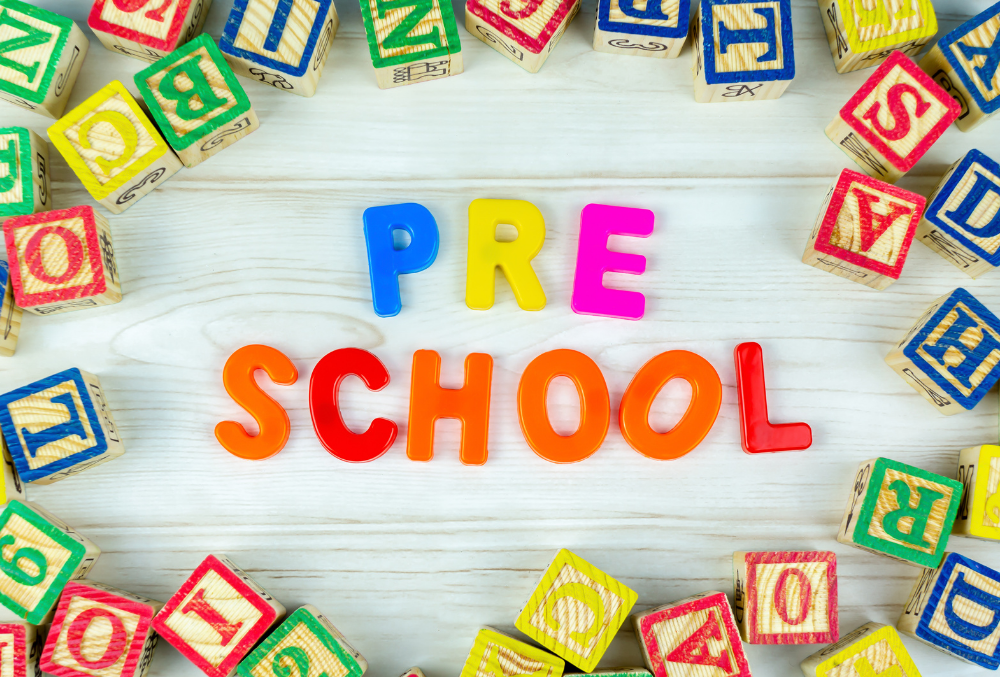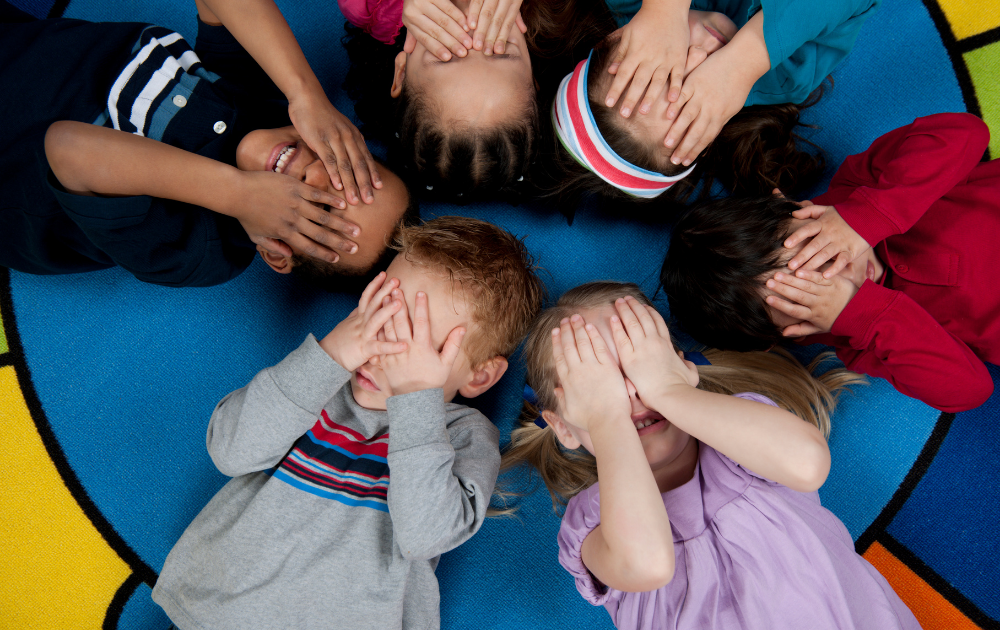
11 May Learning About Preschool Philosophies: How To Choose The Right One For Your Child

The time has finally come – bet you can hardly believe it, right? — when your little one is heading outside the home for their first experience of early childhood education.
It’s before kindergarten but after infancy, and you want the ideal environment for your precious child, but perhaps the sheer number and differing philosophies of preschools are a little overwhelming. Doing research into this can indeed feel like there is just too much and too many, to get a firm grasp on the best place for your child. But fear not – we’ve got some guidelines that may help parents make these decisions with confidence and a whole lot less anxiety.
What Exactly is Preschool?
It’s a place where your child goes to take their first steps into a socialized world, a place where someone other than you (or your nanny) provides love, support and life lessons. Sounds like a lot, doesn’t it? Well, choosing the right preschool is a big decision, but if you’ve got solid information and insight into the ones you’re considering, the decision will be somewhat easier.
For example, is it important to you that your child be introduced to an artistic endeavor in preschool? If so, perhaps a Montessori school is the right place. But there are many aspects of any preschool you could investigate before settling on one. For example:
1. What are the preschools’ guiding philosophies and policies?
This is usually stated upfront in any school’s literature or on its website. The question is, how do teachers and support staff bring those policies to life in the classrooms? How do they implement the school’s philosophies on an ongoing basis?
2. Speaking to teachers and other staff.
Try to learn about the frequency of staff departures. If there is a high turnover, that’s often a red flag that parents need to investigate further. Find out if there is a waitlist for one preschool teacher over another.
3. Do teachers have post-secondary education?
Because they don’t need a teaching certificate, it’s important to learn what qualifications the teachers do have. A degree in early childhood education from a respected college or university speaks volumes about their ability to handle a group of young children. Do any teachers participate in developmental/enrichment courses? How many courses per year is required at the school for each teacher to complete? And what is the ratio of teacher to students? If it’s higher than ten to one, there should also be support staff in the classroom.
4. Drop in without a warning.
When you’re considering a school for your child, the staff should expect and welcome an unannounced visit. Doing this offers a revealing glimpse into what the environment will be like for your child.
5. Talk to other parents.
Chances are you’re considering certain preschools because you know parents who’ve placed their children there, and they are happy and satisfied with their choice. But be sure to go deep, ask questions that directly impact your child, even if they don’t impact your friend’s. For example, you could ask how the other parent thinks the school will handle your child’s food allergy. No doubt they have some valuable information to share, even if this isn’t an issue their child deals with.
6. How do teachers and other staff discipline/redirect the children?
This is very important, and if the preschool’s philosophy differs from yours, move on. Positive reinforcement of good behavior is likely what you want to see, but if you have concerns about a teacher’s approach, ask questions. Give them a scenario, like: “How will you handle it if my child hits another child too hard during play?” Don’t settle for vague answers!

These are all important matters you should delve into when you’re finally ready to put your child into preschool.
We can save you a little work by outlining some of the guiding philosophies of the different, and most popular, preschools in America. How available they are will depend, in part, on where you’re geographically located. But have a look and see if any strike a strong chord with how you’re raising your little one.
- Montessori: These popular and widespread preschools have been around for a century now. Children are encouraged to work at their own pace, tackling what they love and what they are demonstrating an interest in. For example: let’s say your child is keen to learn a musical instrument. Teachers in this system ensure they have the opportunity to try different ones and decide on one they want to learn. Children also learn about social justice issues, constructive conflict resolution skills and world affairs, all on a level that’s suited to their ages, of course.
- Waldorf: This kind of preschool was developed by a scientist after World War II. Its approach is that the whole child must be considered when designing lessons, and that those lessons must include experiences that demonstrate knowledge. For example: rather than merely teach the kids about astronomy from a textbook, a trip to the local planetarium might be arranged.
- High Scope: This preschool is another one that’s been around for a long time. Its approach is very play-focused, and teachers use key development indicators (KDI) when designing lessons for each child. The guiding philosophy is summed up as, “play, do, review.”
- Reggio Emilia: This preschool’s approach is driven by an emphasis on emotion and creativity. It was developed in the 1970s, and has been a popular choice for parents ever since, particularly those who want a focus on the arts in their children’s early years.
- Parent Co-ops For Education: These organizations bring together a group of like-minded parents who hire a professional teacher to deliver an agreed-upon curriculum to their kids. These can require a big commitment from parents, in time and money, so think carefully before entering into an agreement that has you taking responsibility for at least part of a teacher’s salary.
- Bank Street: This preschool was developed at the beginning of the 20th century. Its philosophy is centered on giving equal priority to children’s social, intellectual, physical, and emotional development. Another goal, according to its website, is that children become “lifelong learners.” The curriculum is diverse and child-centered, and teachers instill in children an understanding of where and how they fit into the world.
Choosing a preschool for your child is a difficult decision. There are many other combined style preschool options as well, including bringing together two or more philosophies into a hybrid preschool model. For the first time, perhaps, they aren’t going to be in an environment you control for several days a week, and that prospect can be quite hard for some parents. There are other factors to consider too, such as whether you want the preschool to have a focus on your family’s religious beliefs, if applicable. Decisions, decisions!
But taking time and doing research, combined with speaking with other parents, preschool teachers and administrators, are the key ways you’ll feel confident about your choice. There are other combined style preschool options not listed that may be an option for your unique family. This includes the now popular alternative concept of “pod schools,” even for preschoolers. This option allows for families to pair up with other families and provide preschool education, with private teachers in one of the family’s home settings. You may never get used to your child heading out into the world for the first time, but you can become comfortable with where you send them for that all-important first classroom-led educational experience. Like everything in life, learning all you can about your choices is the best way to ensure your little one is put in the right place, a place where they’ll be happy and thrive!